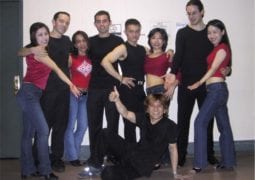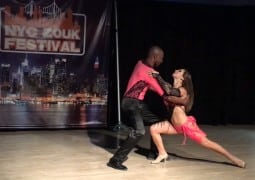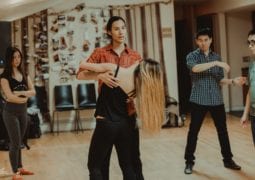JnJ Nerdy Analysis
Around The World
213 views
We are reposting and sharing video from the ZoukLine by Adam aka Atom Cee
In the video, Adam shares his journey in the Brazilian Zouk dance community, focusing on Jack and Jill competitions. He discusses how he was introduced to Jack and Jill in 2017 and reflects on what he wished he had known when he first started. The goal of the video is to offer a detailed guide for both newcomers and seasoned competitors.
Key points:
- Introduction to Jack and Jill: Adam explains the concept of Jack and Jill competitions, which involve pairing random partners for multiple rounds. He details the structure, from preliminary rounds to finals, and how dancers are judged individually rather than as a couple.
- Cost Breakdown: Adam goes into the financial costs of participating, including event passes, travel, and competition fees, which can add up to around $1,000 per event.
- Brazilian Zouk Dance Council (BZDC): He explains the role of the BZDC in organizing these competitions, tracking dancer progress, and maintaining a point system that determines who moves up through the ranks (novice, intermediate, advanced, etc.).
- Challenges and Insights: Adam offers insights into the difficulty of moving up the ranks, the points required to progress, and how dancers can earn those points depending on the number of competitors in each tier. He provides data on how long it typically takes dancers to move through the levels and the low percentage of dancers who complete each division.
- Frustrations with the System: He discusses his frustration with the fairness of the system, especially regarding dancers who seem to skip levels or are placed directly into advanced or All Star categories without the requisite experience. He feels this undermines the efforts of those who have worked their way up.
- Recommendations for Competitors: Adam advises against competing at large events if your goal is to earn points, as the competition can be too fierce. He also suggests considering other types of dance competitions, like battle-style events, as alternatives to Jack and Jill.
- Future Plans: He mentions that he plans to dive deeper into the data and share more insights in future videos. He also contemplates creating a tool to help dancers track their stats in the competition scene.
The video combines practical advice, personal reflections, and a detailed analysis of the Jack and Jill competition structure, offering both a primer for beginners and in-depth insights for experienced competitors.
You may also like...
Sorry - Comments are closed







